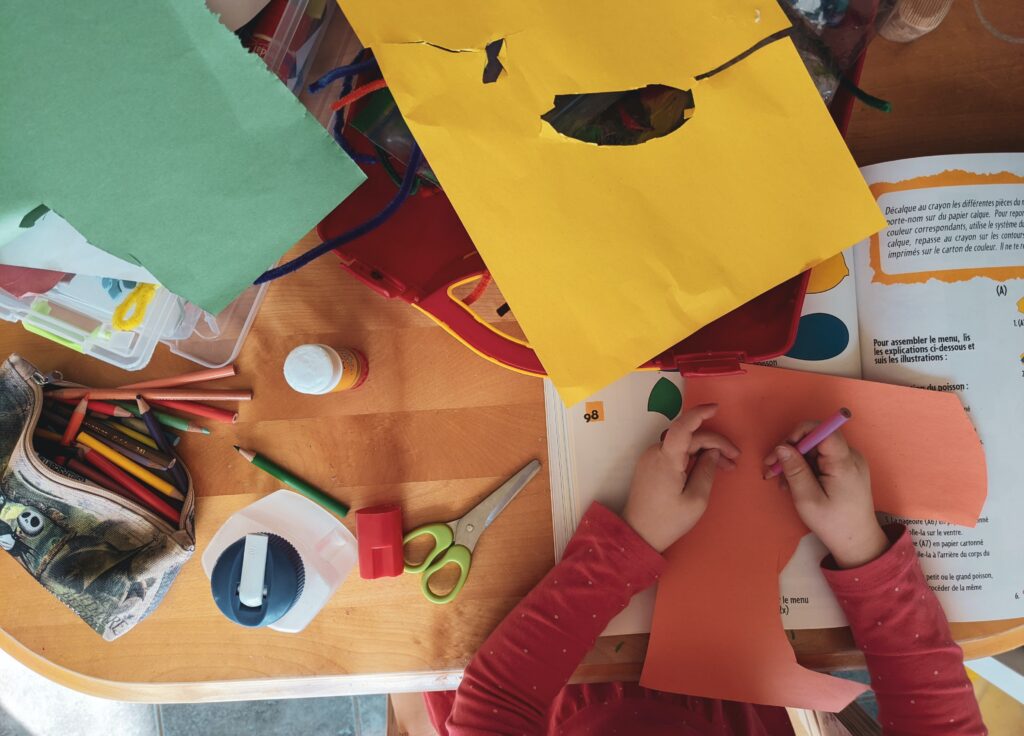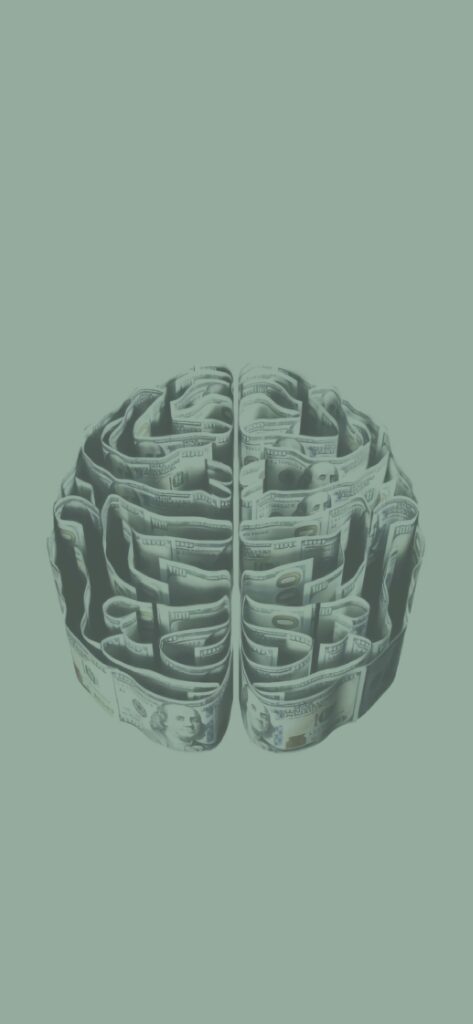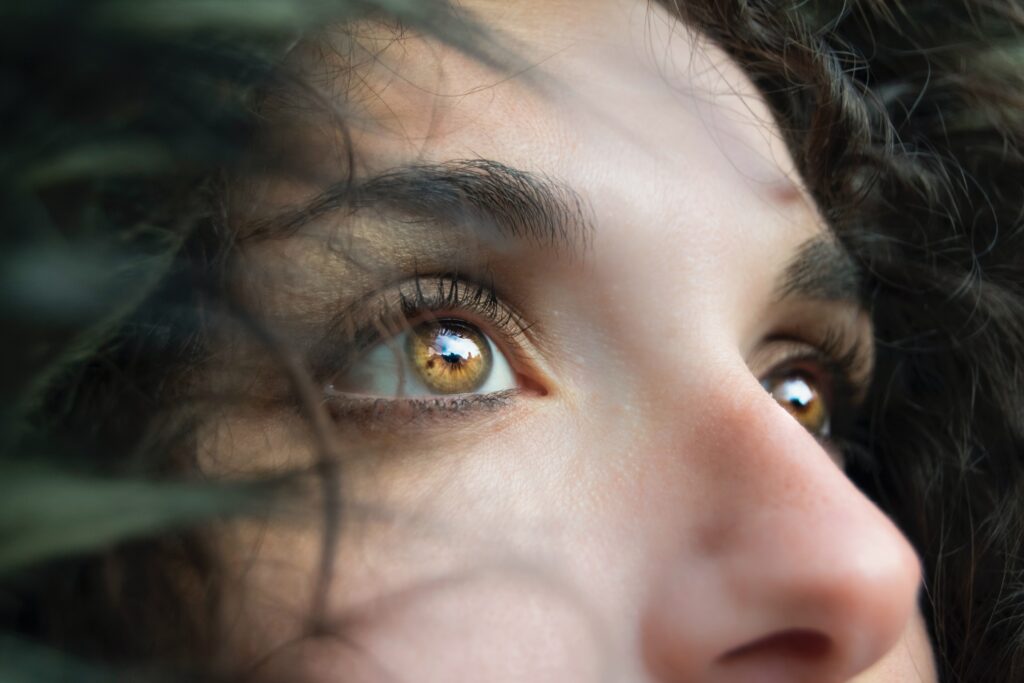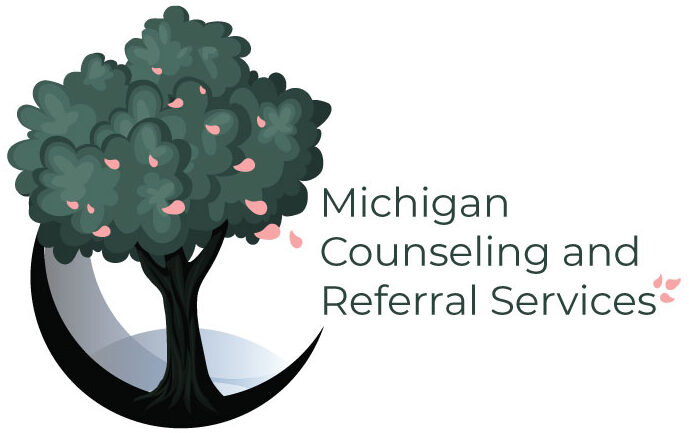Table Of Contents
Psychotherapy Approaches to Child PTSD Treatment
Understanding child trauma is challenging. It is even more challenging to understand how to treat it. In this article I will talk about different psychotherapy approaches to child PTSD treatment.

Overview of Psychotherapy Approaches for Children
As you may assume, psychotherapy approaches with your child are vastly different than with adults. Under the age of 12, kids typically benefit best from play therapy. This is not a hard and fast rule, however.
Because play is the language of your child, this is the language that the therapist must be well-versed in to best treat your child. If your child tells you that their therapist only plays with them, trust me–it is WAY more intentional than that.
Ask your child’s therapist to explain in depth what they do with your child in play if you would like to learn more. I am sure I will eventually do a post on play therapy, as well. So stay tuned!
The following therapies are all supported by research to use in therapy. A well-trained therapist in any of these therapies will be able to blend play therapy with any of the models. This way your child will not only heal, but they will be active participants in their healing.
TF-CBT (Trauma Focused Cognitive Behavioral Therapy)
As a psychotherapy approach to child PTSD treatment, TF-CBT has been the gold standard for trauma treatment for quite some time. I write about its umbrella treatment model, CBT, here. TF-CBT serves as a specialized treatment for survivors of traumatic events. It even works really well for children! All ages are appropriate as young as 5 years old for TF-CBT.
There are many articles discussing how TF-CBT can be adapted to be more racially inclusive. Its research history has been mostly representative of white populations in the US.
The 3 phases of TF-CBT are Safety/Stabilization, Trauma Narrative/Processing, and Integration/Consolidation. Stabilization often refers to learning and practicing the usage of coping skills to keep your child grounded while in therapy.
The therapist will consult with you before or after every session in TF-CBT, as well, to prepare the both of you for the end. This phase is like a “practice” phase before trauma processing begins in the Trauma Narrative, which is next.
In the Trauma Narrative, your child will create an artistic representation of the traumatic experience they have experienced and bring the you and the clinician in to hear the story for the processing portion. Afterwards, the therapist, you as the caregiver, and your child will work on closure activities to integrate the experience into their working memory.
The length of TF-CBT is highly variable dependent on your child. However, the model averages anywhere from 8-25 sessions according to the research. This is a short-term therapy model. Just make sure you stick it out for the best results!

Brainspotting
This one is a new one I have been reading and learning about. Brainspotting is a therapy that uses different points in your child’s field of vision to identify where in their “deep brain” their experience lies.
The theory with Brainspotting is that where we look affects how we feel. By using a pointer or a toy of some sort, we can learn more about your child’s emotions as to where they are most intense by experimenting with different eye positions.
I’m not trained in Brainspotting, nor am I by any means an expert. However, it seems like a really cool, lesser known therapy that I would recommend reading more into!
Branspotting’s phases and effectiveness are very similar to others in that there is an assessment phase, processing phase, and some sort of closure phase. As far as length of treatment, I am not quite sure.
My guess is that it would be similar in length to a typical EMDR treatment cycle–3 months to 1 year.
EMDR
My personal favorite approaches to child PTSD treatment is EMDR. EMDR is a therapy that stands for Eye Movement Desensitization and Reprocessing.
Broken down, EMDR uses eye movements going back and forth to desensitize your child to their traumatic memories and reprocess them with adaptive beliefs regarding their memories.
EMDR is great for all ages from 3 years old all the way through end of life. It has a wide body of research behind it.
Dr. Bessel Van Der Kolk, a trauma guru of recent times, recognizes EMDR as one of, if not the best trauma therapy we have. It works VERY quickly compared to other therapies and is much more effective in the long term from even that of TF-CBT.
Naturally, with kids it takes way longer than with adults. This therapy is the primary modality I use in practice with kids, so I can vouch for its effectiveness!

This whole process can take anywhere from 3 months to years for kids. However, as previously mentioned, it is very effective if you stick with it!
Feel free to click here to learn more about the specifics of EMDR Therapy.
Conclusion
The modalities that I have touched on here are not all-encompassing by any means for treating your child’s trauma. My experience either reading or using techniques from these therapies have shown some incredible results for healing in children!
The previous therapies I talked about tend to work with most children. I would encourage you to also look into therapies such as Child-Parent Psychotherapy and sand tray therapy for some alternative and more behavioral approaches to healing your younger child’s trauma.
Of all the treatment options you have, these are my favorites that I have read about! I am fully trained in EMDR and have received some training in TF-CBT, so I can speak to their effectiveness personally.
I lean toward more body-based therapies for children who have experienced trauma due to the fact that their language often times was not developed enough when traumas may have occurred.
Despite this, the most important aspect of treatment is not necessarily the therapy you choose, but the THERAPIST. Your child must like their therapist–do NOT let anyone tell you otherwise.
The therapeutic relationship is the single most important factor in therapy that determines how successful treatment is. So make sure your child’s therapist likes to have fun!
If you are interested in discussing therapy resources or questions about you or your child, feel free to use the link below!
If you are in Michigan and are interested in finding a child/adolescent or adult therapist, also feel free to consult me here using my contact form!
References
Brainspotting brainspotting.com(opens in a new tab)
Child-Parent Psychotherapy (CPP) childparentpsychotherapy.com/about/(opens in a new tab)
Eye Movement Desensitization and Reprocessing (EMDR) emdr.com/what-is-emdr/
Parent-Child Interaction Therapy (PCIT) pcit.org/what-is-pcit.html(opens in a new tab)
Sandtray Therapy https://www.verywellmind.com/what-is-sand-tray-therapy-4589493
Trauma-Focused Cognitive Behavioral Therapy (TF-CBT) tfcbt.org/about-tfcbt/
